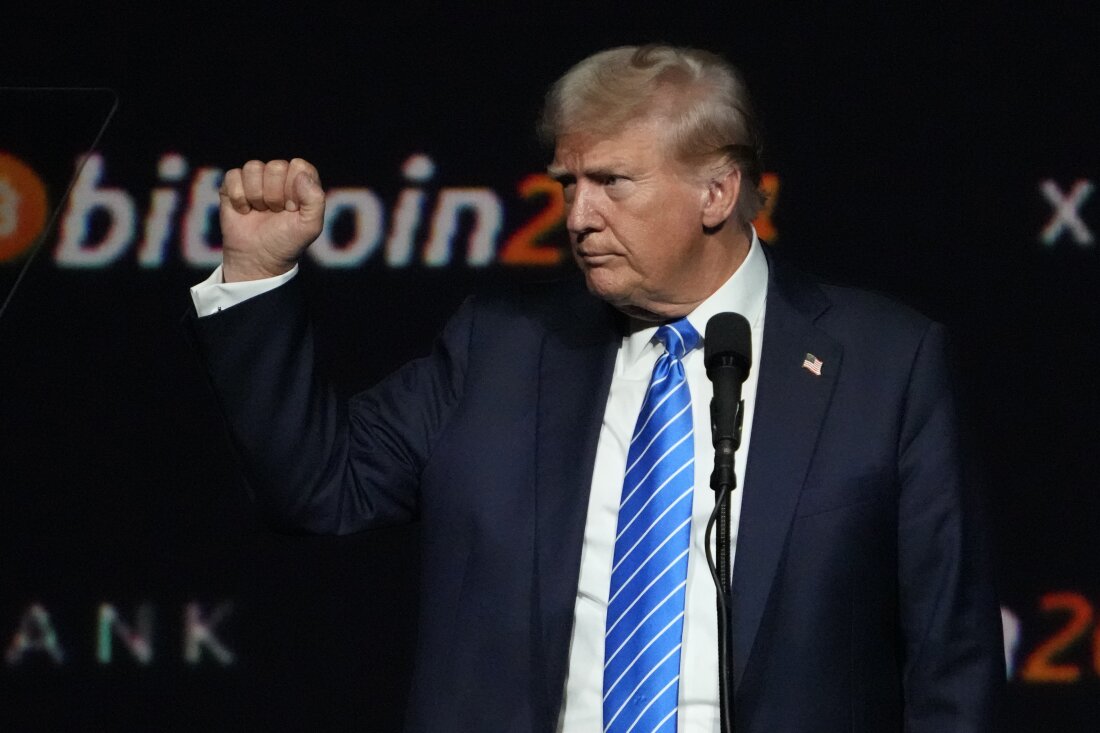Bitcoin Awaits Clarity on US Inflation, Bond Market
The highly anticipated US consumer price index (CPI) report is set to offer crucial insights into the state of inflation in the world’s largest economy. As investors eagerly await the release of the data, many are wondering what it might mean for the bitcoin market.
US inflation and budget concerns are likely to impact the bitcoin market
Thursday’s CPI update is expected to show a continued decline in inflation, with the cost of living in the US rising 0.1% month over month in June after remaining flat in May. This could lead to a 3.1% rise year over year, according to economists surveyed by Dow Jones. The core CPI, which strips out more volatile food and energy prices, is forecast to have increased 0.2% from May and 3.4% since June last year.
“CPI data will be closely watched, with markets expected to react significantly to this release. Analysts’ optimistic outlook for late 2024 and 2025 hinges on the FOMC reducing policy rates, as lower rates typically increase liquidity, driving investors towards ’longer-tail’ assets like cryptocurrencies,” according to Wintermute, an algorithmic trading firm.
Rate Cuts on the Horizon
If the actual figure matches estimates, it would confirm continued progress toward the Federal Reserve’s (Fed) 2% inflation target and set the stage for the bank to begin the much-anticipated rate cut cycle this year. Increased prospects of rate cuts will likely bode well for risk assets, including bitcoin, helping the leading cryptocurrency extend its price recovery from the July 5 lows of around $53,500.
Bitcoin’s price recovery has stalled
According to the CME’s FedWatch tool, since Friday’s weak payrolls report, traders have priced about a 70% chance of a Fed rate cut in September and see a rising probability of another cut in December.
Bonds and Bitcoin
The U.S. Treasury yield curve’s response to the expected soft CPI release might influence the broader market sentiment, including bitcoin. Slower inflation and increased rate cut bets can boost prices for the two-year note, sending its yield lower. Meanwhile, the yield on the 10-year note will likely stay elevated as markets fear bigger budget deficits under the potential Trump presidency.
Bonds and bitcoin might feel the impact of the Treasury yield curve
The net effect will be a so-called bull steepening of the yield curve, represented by the spread between yields on the 10- and two-year notes. Noelle Acheson, the author of the Crypto Is Macro Now newsletter, notes that a sharp steepening has always preceded the beginning of a recession.
“Typical bull-steepening periods were: 1990-1992, 2001, 2003, 2008 and 2020, and all were recessionary periods,” according to the CAIA Association.
Investment banks like JPMorgan and Citi are betting on the steepening of the yield curve.
Conclusion
As the bitcoin market awaits clarity on US inflation and the bond market, one thing is certain: the next few weeks will be crucial in determining the trajectory of the leading cryptocurrency. Will the Fed’s rate cut cycle boost bitcoin’s price, or will the Treasury yield curve’s steepening signal a recession? Only time will tell.














